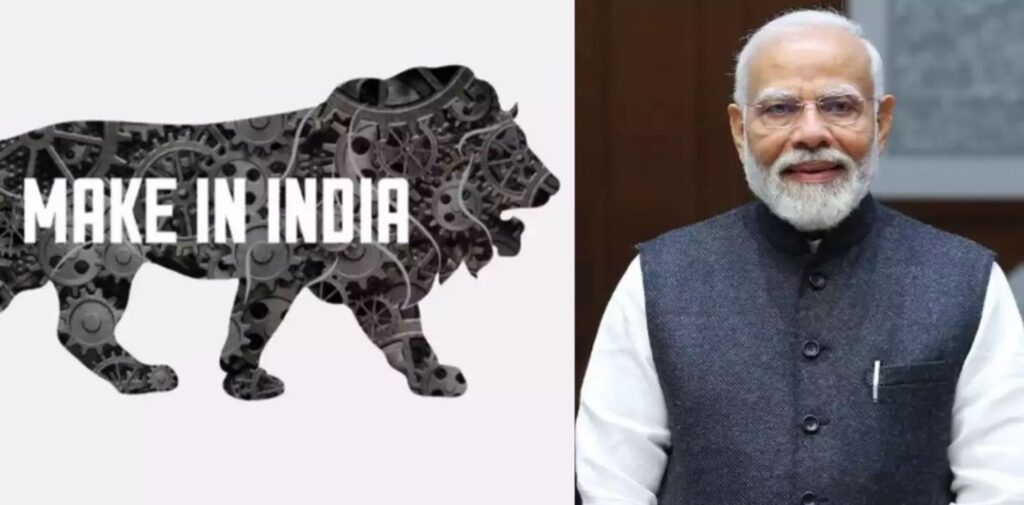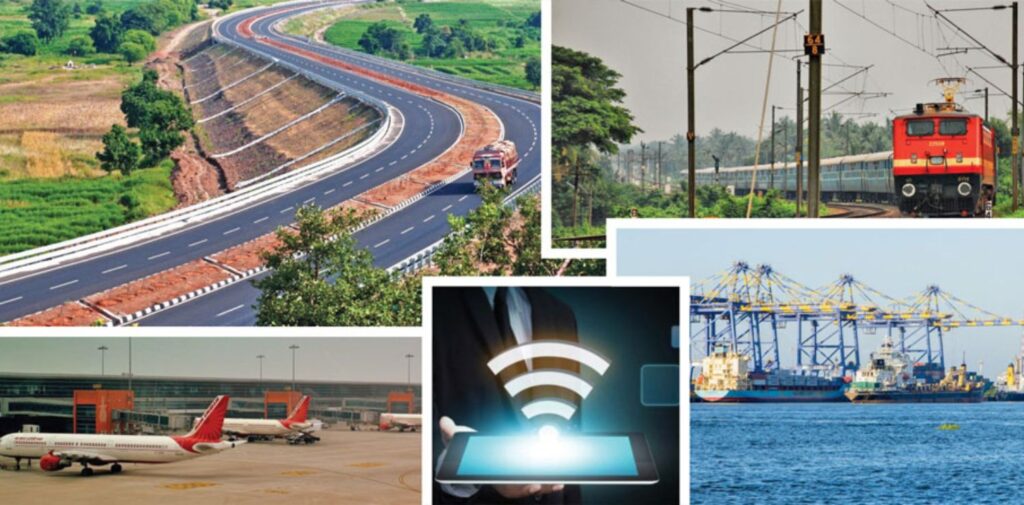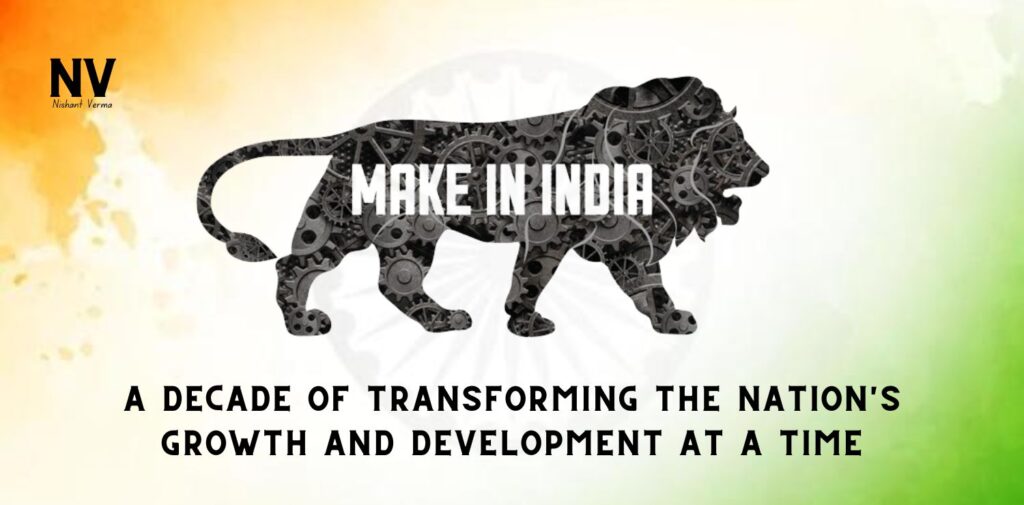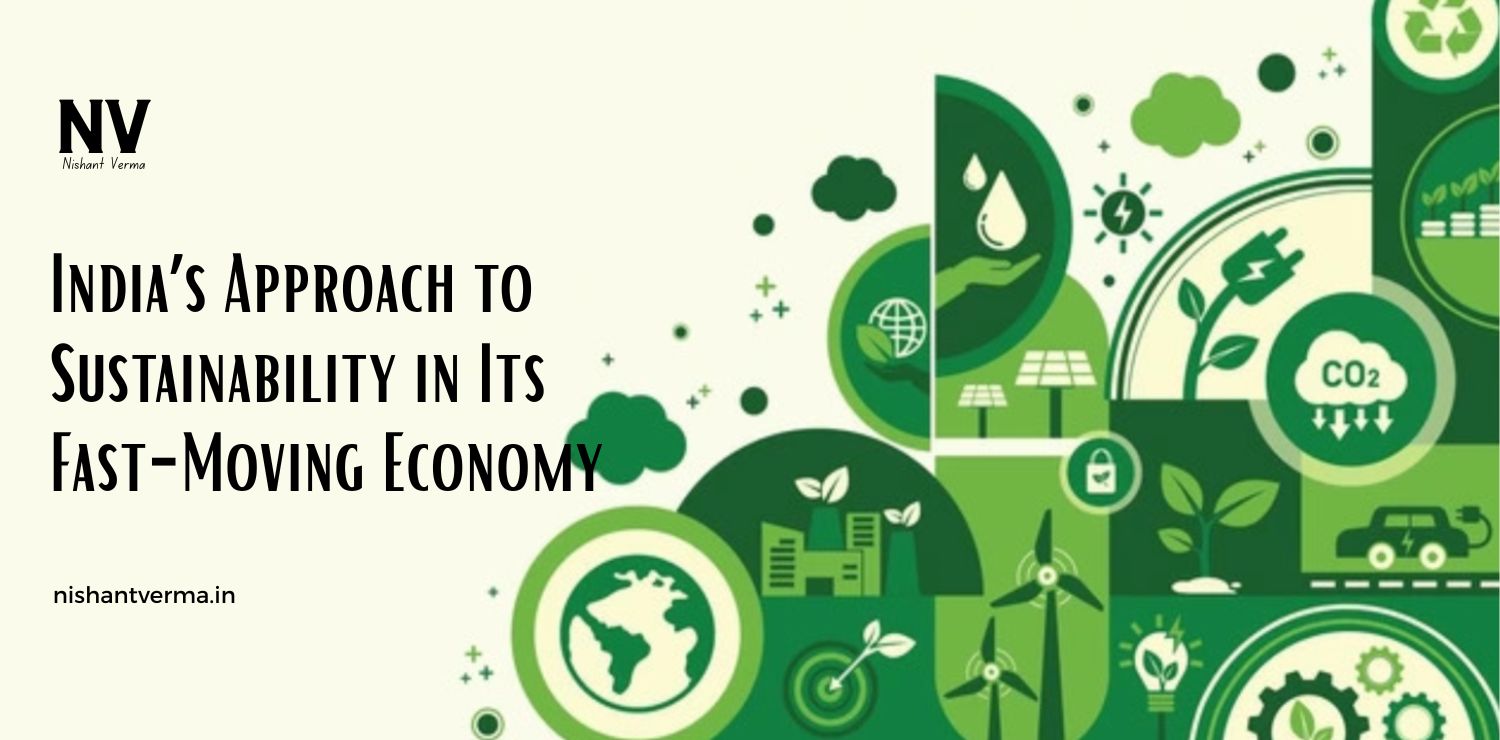The Make in India campaign, launched by Prime Minister Narendra Modi on September 25, 2014, has successfully completed ten years, leaving an indelible mark on India’s development and economic growth. This visionary initiative was aimed at turning India into a global manufacturing hub, reducing import dependence, and creating jobs for millions of people. As we celebrate a decade of this transformative program, it is essential to reflect on its achievements, the impact it has had on the nation, and how it has shaped the future of Indian industries.
A Visionary Initiative: The Beginning of ‘Make in India’
When Prime Minister Modi announced the Make in India program, the primary objective was to foster innovation, facilitate investment, and build best-in-class manufacturing infrastructure. India was known as a land of immense potential but lagged behind in realizing its full manufacturing capability. The Make in India campaign aimed to bridge this gap by encouraging both domestic and international companies to invest and manufacture in India.

It focused on 25 key sectors, including automobiles, textiles, electronics, pharmaceuticals, renewable energy, and more. This comprehensive strategy was complemented by reforms to improve the ease of doing business, streamline regulatory processes, and enhance the overall industrial ecosystem.
A Decade of Achievements: How Make in India has Shaped the Economy
Boosting Industrial Growth and Manufacturing
One of the most significant accomplishments of the Make in India initiative is the steady growth of the manufacturing sector. From setting up mega industrial corridors to establishing new manufacturing clusters, the campaign has led to a massive expansion of the industrial landscape. India’s manufacturing sector, which accounted for around 15% of GDP in 2014, has now risen to 18% in 2024. This growth has paved the way for the creation of millions of jobs, uplifting the socio-economic conditions of many.
The establishment of various sectors like electronics and automotive manufacturing has helped India emerge as one of the fastest-growing manufacturing hubs in the world. Today, India is the world’s fourth-largest automobile market and a major player in electronics and smartphone manufacturing.
Making India a Preferred Investment Destination
In the past decade, India has seen a substantial rise in Foreign Direct Investment (FDI). From 2014 to 2024, FDI inflows increased by over 70%, reaching a record high of $81.97 billion in FY 2021-22. The government’s proactive approach in simplifying policies, coupled with a robust legal and taxation framework, has made India an attractive destination for global investors.
Major global companies like Apple, Samsung, and Siemens have set up their manufacturing units in India, which has not only strengthened the supply chain but also positioned India as a viable alternative to China in the global supply network.
Emerging as a Global Exporter
The Make in India initiative has played a pivotal role in enhancing India’s export capacity. As a result of improved production capabilities, competitive pricing, and quality manufacturing, Indian goods have gained recognition globally. The country’s merchandise exports crossed $400 billion for the first time in 2021-22, a testament to the growing prominence of Indian products in global markets.
Sectors like textiles, pharmaceuticals, and engineering goods have become key contributors to India’s export portfolio. India’s pharmaceutical sector, in particular, has emerged as the “pharmacy of the world,” supplying affordable and high-quality medicines to over 200 countries.
Infrastructure and Reforms: The Backbone of Make in India
Development of Industrial Corridors and Smart Cities
The Make in India campaign is supported by the development of industrial corridors and smart cities. These projects, including the Delhi-Mumbai Industrial Corridor (DMIC) and Amritsar-Kolkata Industrial Corridor (AKIC), have been instrumental in creating world-class infrastructure, integrated industrial clusters, and new growth centers.
These corridors connect major industrial hubs, ports, and airports, reducing transportation costs and boosting logistics efficiency. Furthermore, the Smart Cities initiative has led to the modernization of urban areas, making them more attractive for investments and boosting local employment opportunities.

Ease of Doing Business: A New Era for Industries
One of the standout achievements of the Make in India initiative has been India’s remarkable improvement in the Ease of Doing Business rankings. From a rank of 142 in 2014, India has surged to the 63rd position in 2022. This leap is a result of continuous policy reforms, removal of bureaucratic red tape, digitization of business processes, and simplification of tax structures.
The implementation of the Goods and Services Tax (GST), the introduction of the Insolvency and Bankruptcy Code (IBC), and the liberalization of FDI norms have further created a conducive business environment.
Key Sectors that Benefited the Most
Automobile and Auto Components
The automotive sector has been one of the biggest beneficiaries of the Make in India program. Today, India is one of the largest manufacturers of two-wheelers, passenger vehicles, and commercial vehicles. The production of electric vehicles (EVs) has also gained momentum, positioning India as a potential global EV manufacturing hub.
Electronics and Mobile Manufacturing
India’s rise as a major electronics manufacturer is one of the most notable successes of the Make in India initiative. From being heavily dependent on imports, India now has over 300 mobile manufacturing units, making it the second-largest manufacturer of smartphones in the world. This has also spurred job creation and contributed significantly to the economy.
Renewable Energy: Powering a Sustainable Future
With the aim of achieving energy security and sustainability, Make in India has given a big push to the renewable energy sector. India’s solar power capacity has increased 20 times in the past decade, making it one of the leading solar energy producers globally.
Challenges and the Way Forward
While the Make in India initiative has achieved tremendous success, challenges like labor issues, infrastructure bottlenecks, and global economic uncertainties still exist. To sustain and build upon the progress, the government must continue to focus on policy stability, skill development, and technological advancements.

The future lies in embracing new-age technologies such as Artificial Intelligence (AI), Machine Learning (ML), and robotics, which will help India transition from a labor-intensive manufacturing base to a tech-driven one. The Make in India 2.0 initiative, focusing on 27 new sectors like toy manufacturing, furniture, and capital goods, is a step in this direction.
Conclusion: A Decade of Growth and Prosperity
The Make in India initiative has been a game-changer for the country, creating a strong foundation for industrial development, economic growth, and job creation. As the campaign completes ten successful years, it is a testament to the nation’s resolve to become self-reliant, competitive, and globally recognized.
With continued support, robust policies, and the determination to overcome challenges, Make in India is poised to propel India into a new era of development, where the country will be known not just as a consumer market but as a producer of world-class products and services.
After a decade of progress, Make in India stands as a symbol of national pride, resonating with the spirit of Aatmanirbhar Bharat and driving India towards a brighter, more prosperous future.




